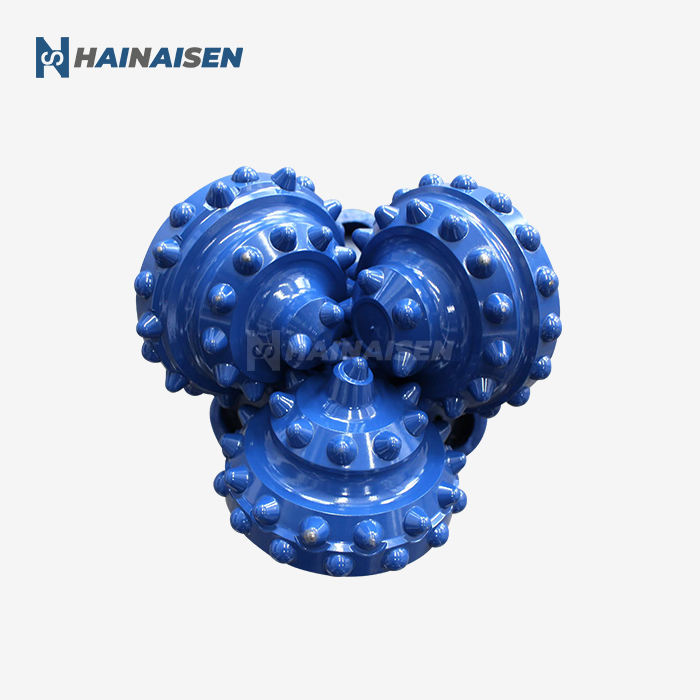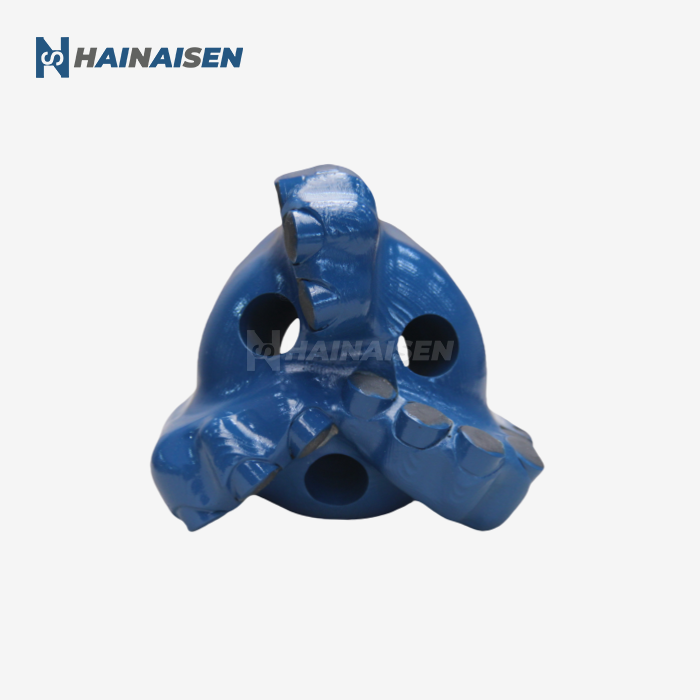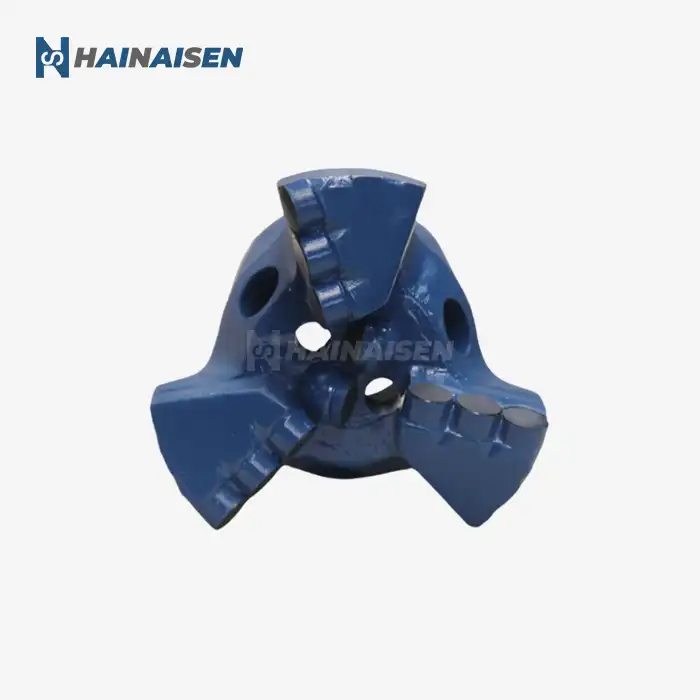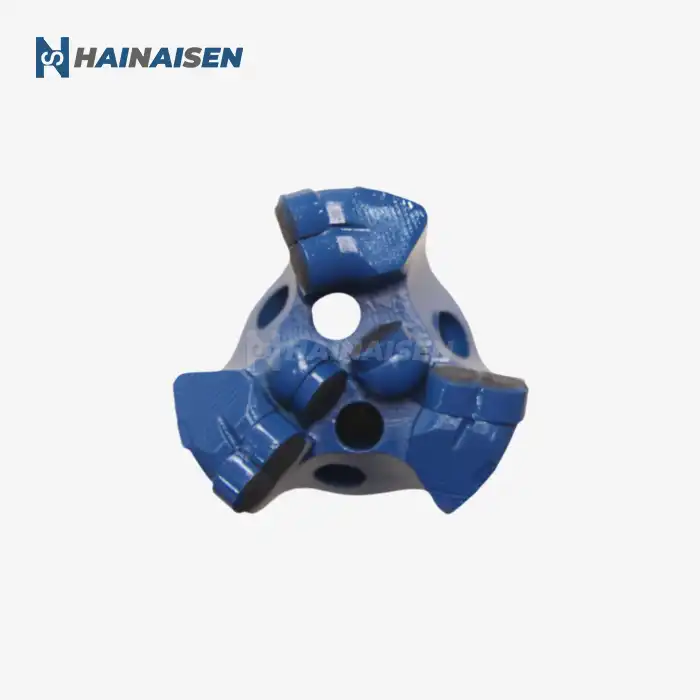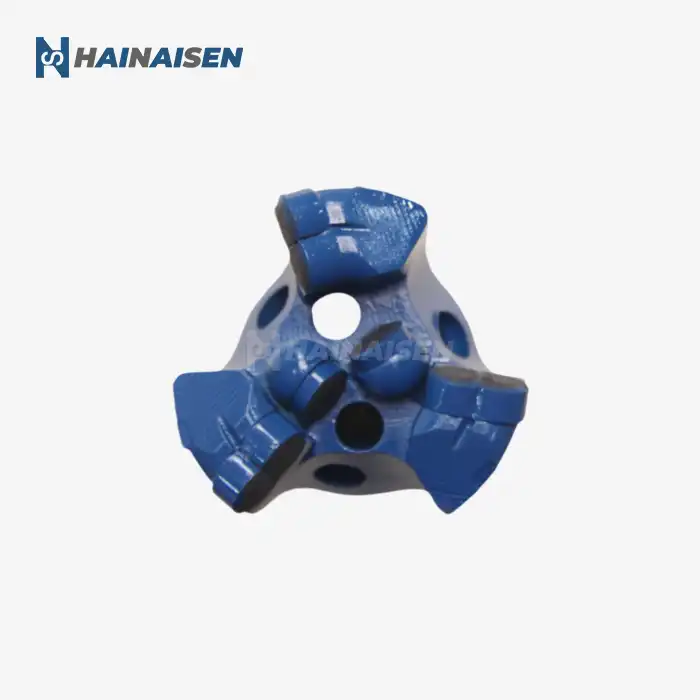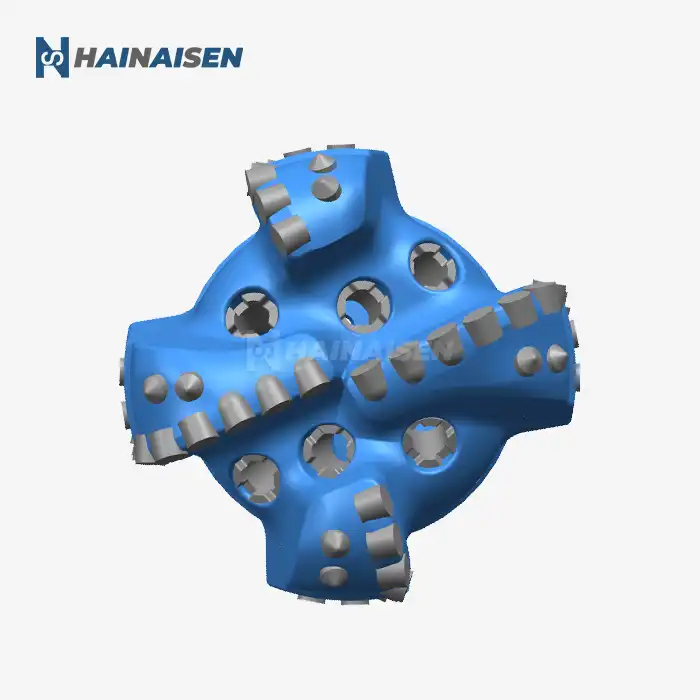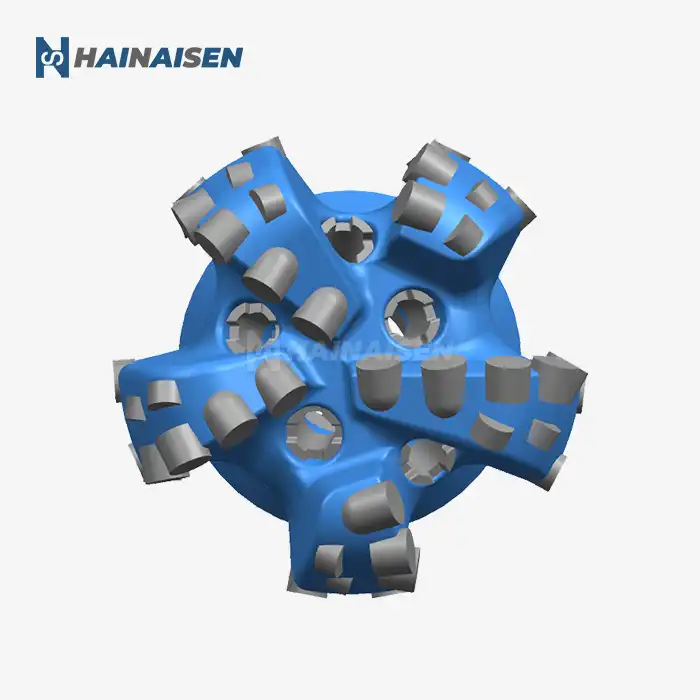Understanding Gage Length: Key Drilling Bit Component
How the drill bit reacts with the rock during drilling is affected by gage length, which is an important part of its design. To fully understand how important gage length is to the general performance of drilling tools, you need to understand what it means.
Definition and Importance of Gage Length
The gauge length of a Drilling Bit For Oil And Gas Rig is the straight line distance from the shoulder of the bit to the start of the curve on the cutting structure. This measurement is very important because it shows how much the bit touches the wall of the shaft. The gage length changes how stable, steerable, and able to keep a constant hole depth the bit is.
Types of Gage Configurations
There are several gage configurations used in modern drill bits for oil and gas rigs:
- Full gage: Provides maximum stability and helps maintain hole diameter
- Semi-gage: Offers a balance between stability and penetration rate
- Undergauge: Allows for increased penetration rates but may sacrifice some stability
- Tapered gage: Gradually reduces in diameter to improve steerability
Each configuration has its advantages and is chosen based on specific drilling requirements and formation characteristics.
Materials and Design Considerations
The materials used in gage construction significantly impact the bit's durability and performance. High-quality drilling bit for oil and gas rigs often incorporate wear-resistant materials such as tungsten carbide or diamond-enhanced inserts in the gage area to prolong bit life and maintain consistent hole diameter.
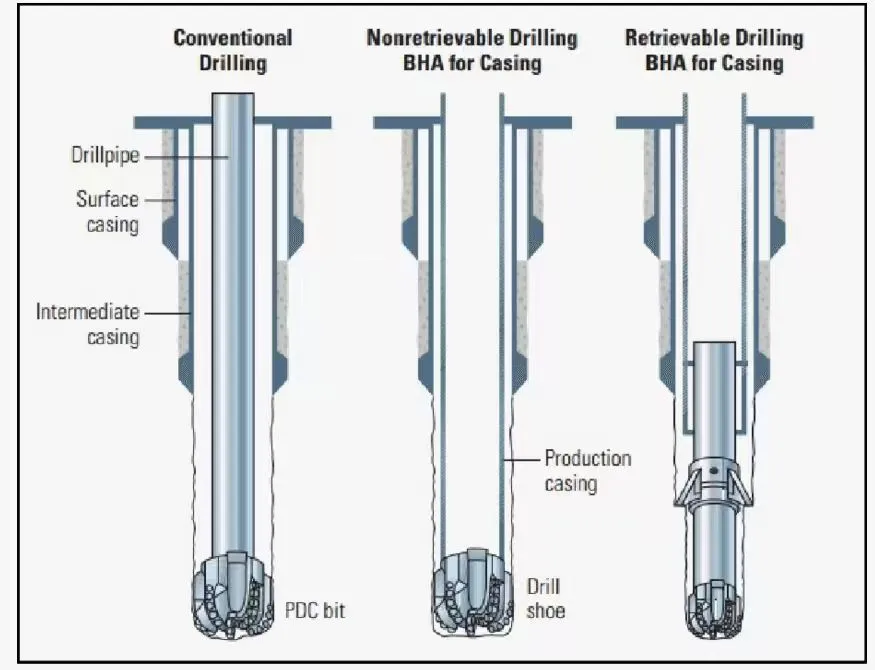
Gage Length Impact on Drilling Efficiency and Well Stability
The gage length of a drill bit affects many things during digging, from how fast the bit goes into the ground to how stable the well is overall.
Effects on Rate of Penetration (ROP)
Gage length of a Drilling Bit For Oil And Gas Rig from a Drilling Bit For Oil And Gas Rig supplier directly affects the rate of penetration. Generally, shorter gage lengths allow for higher penetration rates as they reduce the contact area between the bit and the borehole wall. However, this comes at the cost of potentially decreased stability. Longer gage lengths, while providing more stability, may slow down the ROP due to increased friction.
Impact on Hole Quality and Stability
A well-designed gage length contributes to superior hole quality by:
- Maintaining a consistent hole diameter
- Reducing the likelihood of spiraling or undergauge holes
- Enhancing overall wellbore stability
These factors are crucial for subsequent operations such as casing runs and well completion.
Influence on Bit Wear and Longevity
One more thing that affects how the Drilling Bit For Oil And Gas Rig wears is the measure length. If you get the gage length just right, wear can be spread out more evenly across the bit's structure. This could make it last longer and mean you don't have to replace it as often.
Optimizing Gage Length for Different Formation Types
Selecting the appropriate gage length for specific formation types is crucial for maximizing drilling performance and efficiency.
Soft Formations
A longer gage length is usually better in soft rocks like shales or sands that haven't been packed down yet. Having the bit in this position helps keep the opening stable and keeps it from going off track. The extra stability is especially helpful in forms that tend to wash out or fall.
Hard Formations
If the rock is hard, like limestone or dolomite, a shorter measuring length on a Drilling Bit For Oil And Gas Rig might be better. This makes it possible to be more active and better move weight to the cutting structure, which speeds up the penetration rate. But it's important to find a balance between this and the need for hole quality and control of direction.
Interbedded Formations
A semi-gage or curved gage design might work best in interbedded formations where layers of soft and hard rock change places. This design strikes a good mix between steadiness in the softer parts and cutting speed in the harder parts.
Customization for Specific Drilling Conditions
Advanced drilling bit for oil and gas rigs often feature customizable gage lengths to suit specific project requirements. Factors such as well trajectory, formation characteristics, and drilling parameters all influence the optimal gage length selection. Customization may involve adjusting not only the length but also the material composition and wear resistance of the gage area.
The Role of Simulation and Modeling
Modern bit design processes use complex analysis and modeling methods to find the best gage length for each drilling situation. Before sending the bit out into the field, these tools let engineers guess how well it will work and make smart choices about how to set up the measure.
In order to get the most out of their drilling equipment, keep the well stable, and maximize drilling efficiency, operators need to carefully evaluate formation features and drilling objectives while choosing the gage length.
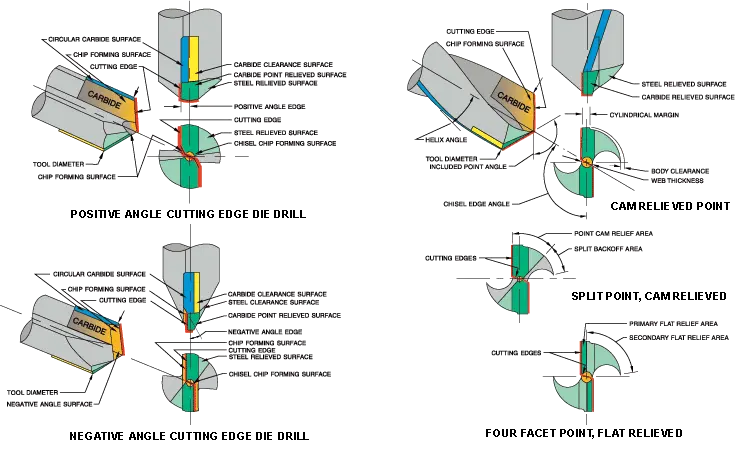
Conclusion
The gage length of a Drilling Bit For Oil And Gas Rig plays a urgent part in the execution of oil and gas penetrating operations. Its affect on boring productivity, well solidness, and in general operational victory cannot be exaggerated. By understanding the subtleties of gage length and its impacts on bit execution over different arrangement sorts, boring engineers and administrators can make educated choices to optimize their boring forms.
Working with skilled drill bit makers is a must for businesses that want to improve their drilling skills and get better results. Shaanxi Hainaisen Petroleum Technology Co., Ltd. has many different types of high-performance drilling bits for oil and gas rigs that are designed to meet the different needs of the business. Our modern production facilities and dedicated research and development team make sure that each bit is perfectly suited to the drilling conditions, with customized gage lengths to get the most out of them.
Whether you're managing with challenging arrangements, deep-water operations, or complex directional boring ventures, our skill can offer assistance you select the perfect penetrate bit setup. To learn more around how our cutting-edge boring arrangements can move forward your operations, it would be ideal if you contact us at hainaisen@hnsdrillbit.com. Let's work together to hoist your boring execution to unused statures.
References
1. Smith, J. R., & Johnson, A. B. (2019). Advanced Drill Bit Design: Optimizing Gage Length for Enhanced Performance. Journal of Petroleum Technology, 71(5), 62-70.
2. Martinez, C., et al. (2020). The Impact of Gage Length on Drilling Efficiency in Various Formation Types. SPE Drilling & Completion, 35(2), 180-195.
3. Williams, K. L., & Thompson, R. D. (2018). Customizing Drill Bit Gage Length for Improved Well Stability. Offshore Technology Conference Proceedings, OTC-28964-MS.
4. Anderson, M. E., & Davis, S. P. (2021). Simulation-Based Optimization of Drill Bit Gage Configuration. SPE/IADC Drilling Conference and Exhibition, SPE-204085-MS.
5. Chen, X., et al. (2017). Experimental Study on the Effects of Gage Length on PDC Bit Performance. International Journal of Rock Mechanics and Mining Sciences, 94, 23-31.
6. Roberts, T. L., & Brown, E. F. (2020). Advances in Materials Technology for Drill Bit Gage Protection. Materials Today: Proceedings, 33, 5678-5686.



